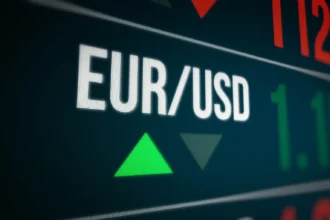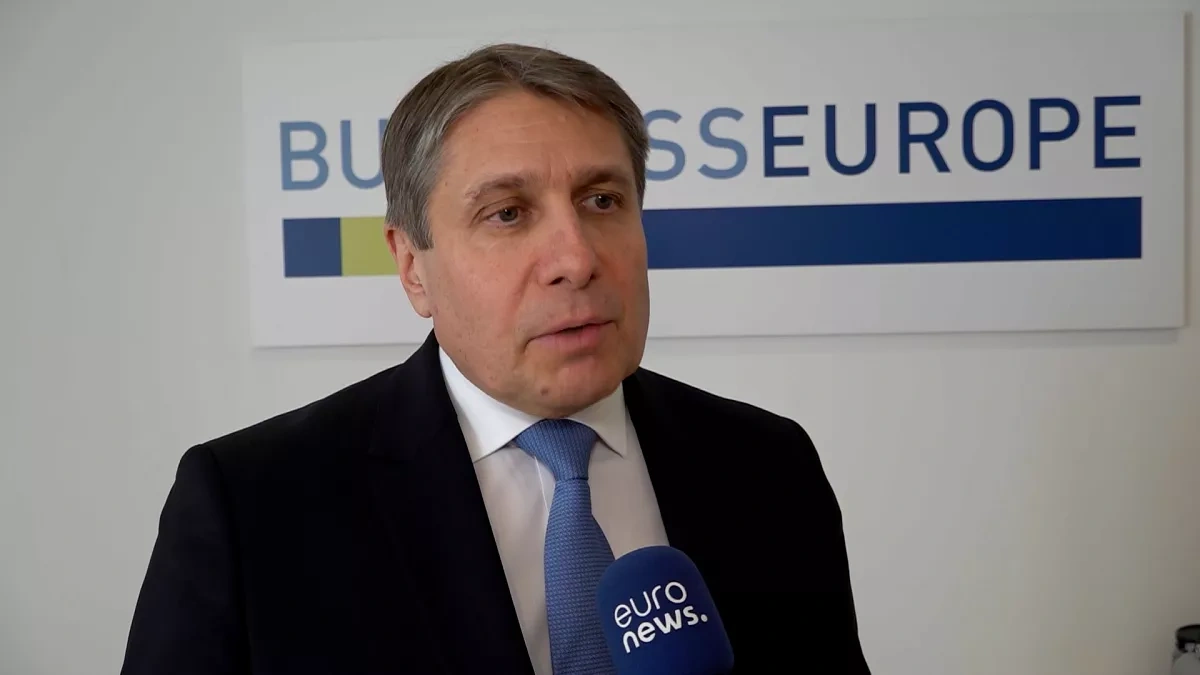European investors are quietly reshaping the global gold landscape. According to Euronext (EPA:ENX) CEO Stephane Boujnah, there’s a growing trend among institutional and private investors in Europe to repatriate their gold holdings from the United States. This move signals not only a shift in market sentiment but also underscores how political and economic uncertainty in the U.S. is influencing global capital flows.
In a recent interview with France Inter, Boujnah characterized the U.S. under the Trump administration as “unrecognizable”, suggesting that confidence in American stability is waning among European stakeholders. The result? Physical gold is making its way back to European vaults.
Let’s dive deep into the reasoning, impact, and what this could mean for gold markets moving forward.
What’s Driving the Gold Shift?
1. Geopolitical Instability & Trade Policy Uncertainty
At the core of this trend lies rising unease with the U.S. trade posture, particularly under a potential Trump administration in 2025. European investors are increasingly wary of:
- Rising protectionism
- Potential sanctions or financial restrictions
- An unpredictable regulatory landscape
Gold, as a store of value, is often a hedge against such systemic risks. But where that gold is stored matters. Many investors now believe that storing bullion in Europe offers greater political and legal security.
2. Strategic Asset Repatriation
The idea of repatriating national and private gold reserves isn’t new. Several central banks — including Germany’s Bundesbank and Austria’s OeNB — have made similar moves over the past decade. But this time, it’s being led by private sector investors and financial institutions, signaling a broader shift in sentiment.
This indicates growing concerns about asset accessibility during times of financial distress or political upheaval.
The Role of Euronext in the Bullion Movement
As Europe’s largest stock exchange operator, Euronext plays a central role in financial market infrastructure across the continent. CEO Stephane Boujnah’s remarks carry weight — not only because of his position but also because Euronext provides platforms for commodity derivatives, including gold.
By confirming this gold movement trend, Boujnah:
- Validates institutional behaviors not often visible to the public
- Reflects broader asset allocation shifts within Europe’s investment ecosystem
- Suggests rising demand for local gold storage and custody services
A Broader Global Trend?
This move isn’t isolated to Europe. Worldwide, investors are re-evaluating their gold storage strategies, particularly in light of:
- Heightened geopolitical risks (e.g., Russia-Ukraine, China-Taiwan tensions)
- Concerns over U.S. debt levels and monetary policy
- A pivot toward multipolar reserve systems (e.g., BRICS exploring gold-backed currencies)
For European investors, however, this isn’t just about fear — it’s about control and jurisdiction. Holding gold within EU borders reduces reliance on foreign legal systems and enhances sovereignty over physical assets.
Impact on the Global Gold Market
The ongoing bullion shift could have several implications:
✅ Increased Demand for European Vaults
Expect a rise in business for European custodians, private vault providers, and secure logistics companies.
✅ Potential U.S. Outflows
If the trend accelerates, it may lead to declining physical gold inventories in U.S. vaults, such as those operated by JPMorgan, HSBC, and the Federal Reserve.
✅ Market Liquidity Changes
Localized gold demand could affect pricing differentials between regions, with European spot prices potentially seeing slight premiums due to increased storage preference.
✅ Trust Realignment
Perhaps most critically, this movement symbolizes a shift in global trust dynamics — away from the U.S. financial system, toward a more diversified asset custody model.
Expert Insight: Why This Matters
Euronext’s CEO isn’t sounding an alarm — but he is signaling a paradigm shift. In today’s fragmented geopolitical environment, investors are choosing to bring their wealth closer to home.
It’s a subtle but powerful move — and it could be just the beginning.
What Should Investors Watch Next?
- Further Comments from European Central Banks
Look out for similar moves or commentary from official institutions. - U.S. Political Developments in 2025
If policy unpredictability continues, the gold exodus may accelerate. - Gold ETF Behavior
Keep an eye on ETF flows and custodial arrangements — they often reveal institutional sentiment.
Conclusion: Gold Is Moving — and So Is Market Sentiment
In a world of shifting alliances and uncertain policy landscapes, gold remains the ultimate safe haven. But where that gold is stored is becoming just as important as owning it.
Stephane Boujnah’s statement reveals a growing desire among European investors to regain control — not just of their portfolios, but also of their asset custody. This trend may well shape the future of global capital flows and gold market structures in 2025 and beyond.
Frequently Asked Questions (FAQs)
Q1: Why are European investors moving gold out of the U.S.?
A: Due to rising geopolitical tensions, concerns over U.S. trade policy, and legal jurisdiction risks, European investors are relocating gold to vaults within the EU for greater control and security.
Q2: Is this a new trend or has it happened before?
A: Central banks have repatriated gold before, but this is a newer trend among private and institutional investors in the European financial sector.
Q3: How does this affect the global gold market?
A: It could impact gold liquidity in the U.S., increase demand for European vaulting, and influence regional price spreads.
Q4: Should individual investors be concerned?
A: Not necessarily, but it’s wise to review your asset custody arrangements and consider geopolitical risks in long-term portfolio planning.
Q5: Could this trend reverse?
A: Yes, if political and economic stability returns to the U.S., some investors might once again view American vaults as safe storage solutions.
⚠️ Disclaimer:
The information presented in this article is for informational and educational purposes only. It does not constitute financial advice, investment guidance, or a recommendation to buy or sell any asset, including gold. Always conduct your own research, evaluate your financial situation, and consult with a licensed financial advisor before making any investment decisions. Market conditions and political landscapes are subject to rapid change and carry inherent risks.



